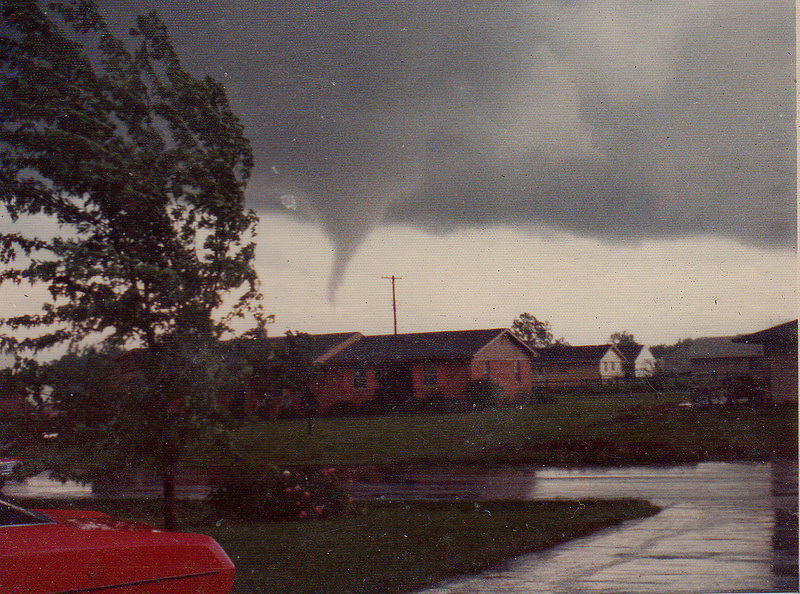 When your team is working on your strategic plan, you’ll find that sometimes you will have a hard time imagining what environment you will be working in beyond 2 years or so. Here are two things you can truly be certain of: 1) If you don’t do anything different, things will not get better. 2) There will inevitably be a change in circumstance that you will not have been able to predict. Things will change in ways you don’t expect. Strategic planning should mostly be about things you can control. Actions you will take in order to increase revenue for your organization’s mission. But, an amazing strategic plan takes into account the unexpected. For instance, there is for most areas of the country, natural disasters of one kind or another that are likely to occur at some point. Where I live, it’s hurricanes and tornadoes. At the seminary I work for in California, it is earthquakes. Floods and fire can happen anywhere. Your strategic plan should think through how your organization will handle these kinds of emergencies. On the first level, there is preparedness. Do you back-up files regularly? Every employee should regularly back up key files on a thumb drive and those should be collected and kept at an off-site location (perhaps the CEO’s home). Your staff should regularly review emergency plans at staff meetings (once or twice per year) including contingencies for fire, tornado and active shooter incidents. This should also be part of any new employees’ orientation process. For instance, in every office at the seminary I work for, there is a 5 gallon bucket filled with earthquake supplies and the protocols are reviewed regularly with staff. The school estimates that it could take care of 100 people for up to 3 days if necessary. But, your fundraising strategic plan should go to another level with this preparedness. You should plan for how your staff will coordinate a response in the event of such a crisis and, if necessary, how you will mobilize quickly to maximize fundraising. Your constituents will want to help immediately if a disaster affects your organization. I got experience with this first-hand at The University of Southern Mississippi, when a tornado sliced through our campus in 2013. We had a website and a new emergency relief fund ready within hours, and a huge direct mail campaign within 2 weeks (which was record breaking). We blocked affected zip codes from phonathon calling immediately. Luckily, our phonathon was off-campus so we didn't have to stop calling entirely. Within about 2 months, we coordinated our first “Day of Giving” campaign to raise funds to replace over 70 lost trees and restore the beautiful landscaping. Was it grueling and sad to see our campus and community so damaged? Yes. Was this campaign a tremendous success that helped the school recover, including funds given directly to affected employees? Yes. Who will be responsible for the different elements (data, web, social media, etc.)? What if those employees are affected by the same disaster? How will you cross-train employees so that you have back-ups for all functions in an emergency? How might you continue phone fundraising if your student callers aren't allowed on campus or have been affected by the disaster? What are the public relations elements you must think through? It is likely that your CEO will be too busy to provide intense direction in this kind of a situation, so review how protocol will be modified now. Think through these things now and train your staff to think this way. If the unexpected happens, you will be glad you did. Hi! It's Jessica. I draw on these concepts in this article in my webinar presentation titled Fundraising in a Crisis. This webinar will launch Wednesday 3/18/20 for free as a resource for nonprofits to respond to the COVID-19 crisis. You can register here: www.realdealfundraising.com/crisiswebinar. Comments are closed.
|
Jessica Cloud, CFREI've been called the Tasmanian Devil of fundraising and I'm here to talk shop with you. Archives
June 2024
Categories
All
|

 RSS Feed
RSS Feed
